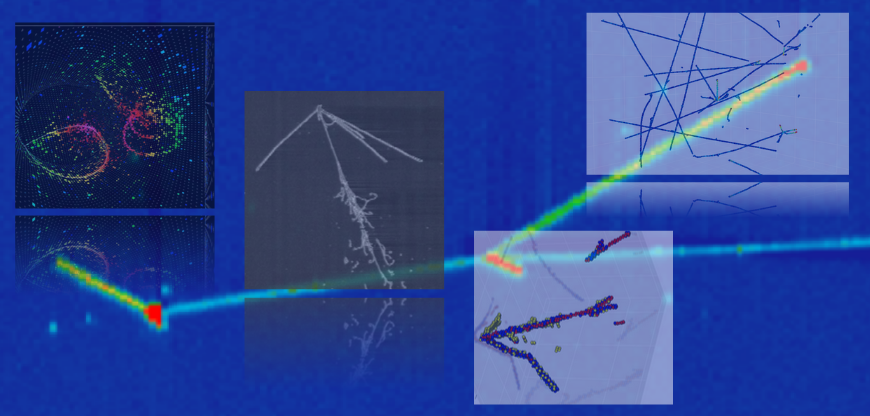Speaker
Description
In this talk, I will review recent work from our group on developing deep learning models for lepton–nucleus interactions. I will begin by applying generative adversarial networks (GANs) to simulate neutrino and antineutrino collisions with nucleons. Our models encompass both charged-current quasielastic and inclusive interactions of muon neutrinos with a carbon target, offering detailed predictions for the final charged lepton. I will then discuss how transfer learning can extend knowledge from one scattering process to another. For example, I will show that a deep neural network for cross-sections, pre-trained on electron–carbon scattering data, can accurately reproduce electron scattering in helium-3, lithium, oxygen, calcium, aluminum, and iron after only minimal fine-tuning with limited new measurements. Finally, I will present results on applying domain adaptation to GAN models that generate neutrino and antineutrino interactions with nuclei. This talk is based on the following references: Phys. Rev. Lett. 135, 052502; Phys. Rev. D 112 (2025) 1, 013007; and arXiv:2508.12987.

